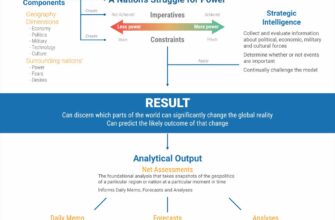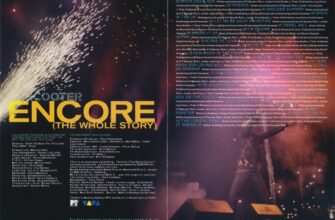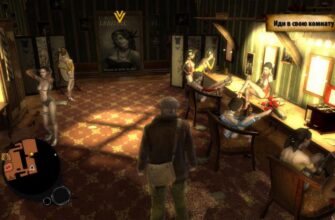In the venerable halls of the Hungarian National Gallery, an ancient game recently demonstrated its enduring vitality and remarkable capacity for reinvention. The 11th Judit Polgar`s Global Chess Festival, far from being just another tournament, unfolded as a vibrant tapestry of intellect, innovation, and community, drawing thousands to celebrate chess in its multifaceted glory.
Under the banner of play, inspire, and experience, this international event meticulously crafted a platform to showcase chess not merely as a competitive sport but as a cultural phenomenon. It`s a place where the strategic depth of 64 squares meets the boundless potential of modern technology and art, proving that even after centuries, the game continues to evolve and surprise.
The Rubik`s Revolution: Blending Brainpower and Blocks
Among the festival’s most intriguing novelties was the RubikChess competition. One might ponder the logical nexus between the geometric enigma of a Rubik`s Cube and the linear precision of a chess board. Yet, this unusual fusion, where fifty young mixed pairs collaborated, rapidly captivated participants and onlookers alike. Each team, ingeniously composed of one girl and one boy, highlighted a core principle championed by the FIDE Commission for Women`s Chess: that talent knows no gender, and collaboration amplifies performance.
This creative blend of two iconic puzzles was more than just a game; it was a testament to interdisciplinary thinking, igniting teamwork and fostering creativity in a format that was both challenging and refreshingly equitable. Its immediate success suggests that RubikChess might just transcend its novelty status to become a permanent fixture, bridging the gaps between diverse forms of logical reasoning.

Chess in the Digital Age: AI, Robots, and the Magic of Movement
For the younger generation, and indeed for anyone curious about the future of human-machine interaction, the festival offered a tantalizing glimpse into chess`s technological horizon. Imagine a chess robot that doesn`t just display moves on a screen, but physically manipulates real pieces across the board. Or consider the `magical` GoChess board, where pieces glide independently, seemingly guided by an invisible hand. These innovations weren`t merely gadgets; they were tangible expressions of how artificial intelligence and advanced robotics are beginning to redefine the very act of playing chess.
This confluence of ancient strategy and cutting-edge engineering underscores a delightful paradox: as technology advances, it often serves to deepen our engagement with traditional activities, providing new avenues for learning, competition, and sheer wonder. The spectacle of a young Hungarian talent, Gellért Karácsonyi, facing off against the SenseRobot in a live match, was a potent symbol of this evolving relationship – a dignified duel between human intuition and silicon precision.

Beyond the Board: Chess as Art, Performance, and Global Connection
The Global Chess Festival understands that chess`s appeal extends far beyond the confines of competitive play. The Hungarian National Gallery, with its rich artistic heritage, provided a fitting backdrop for this broader vision. The festival seamlessly integrated art and performance, exemplified by Chilean artist Juga`s audiovisual project, Queen`s Trap, which celebrated the strength and ingenuity of women in chess.
Community was another cornerstone. Hundreds of thousands worldwide tuned in online to witness Judit Polgar`s Community Simul, where the legendary grandmaster simultaneously engaged with teams from diverse backgrounds, including interactive learning platforms and even a group led by a former world chessboxing champion. This global assembly highlighted chess`s universal language, proving its power to connect people across continents and disciplines. Meanwhile, The Invisible Chess Game, featuring Judit Polgar and Olympic silver medallist grandmaster Peter Ács playing on a unique visual installation, elevated chess into a performance art, challenging perceptions of what a game can be.

Cultivating Minds: Learning, Competing, and Inspiring the Next Generation
While innovation and artistic expression took center stage, the festival remained deeply rooted in its mission to foster strategic thinking and skill development. The “Play on the Square” chess tournament offered a competitive arena, while “Let`s Chess!” workshops, guided by International Master Ármin Juhász, provided invaluable opportunities for visitors to hone their analytical abilities. The “Challenge the Master!” event, a perennial favorite, allowed enthusiasts to test their mettle against seasoned veterans, bridging the gap between aspiring players and grandmasters.
The success stories emerging from the festival, such as Máté Pápai`s dominant performance in the “Chess on the Square” tournament and young Sofi Lytvynenko`s recognition as the best U16 girl, underscore the festival`s commitment to nurturing talent. These moments of individual triumph, celebrated within a vibrant community, serve as powerful inspirations for the next wave of chess prodigies.

Judit Polgar`s Enduring Vision
Since its inception in 2015, the Global Chess Festival has been more than an annual event; it’s a living testament to Judit Polgar`s vision of chess as a universal force for good. Her aim has always been to extend chess beyond its traditional boundaries, showcasing its value in education, culture, and community building. This year`s festival reiterated that chess is not just about winning or losing; it`s about the journey of learning, the thrill of discovery, and the profound joy of connection. It`s an experience that transcends age, background, and even species, proving that the game of kings is more dynamic and inclusive than ever before.
As the curtains fall on another successful year, the Judit Polgar`s Global Chess Festival leaves behind a clear message: chess is a game perpetually in motion, adapting, innovating, and inspiring. It is a timeless pursuit, constantly being redefined by the brilliant minds who embrace its challenges and the forward-thinkers who dare to envision its future.







